
Cayma: The Charismatic Gem of Arequipa
Discover Cayma in Arequipa, Peru: A neighbourhood rich in history, stunning architecture, and vibrant local culture, with panoramic views of Misti Volcano and the Chili River.
Nestled in the northern part of Arequipa, Cayma is a charming neighbourhood that offers a blend of rich history, stunning architecture, and vibrant local culture. Known for its panoramic views of the surrounding Misti Volcano and the Chili River, Cayma is a must-visit destination for any traveler seeking an authentic Peruvian experience. Cayma is home to the beautiful Plaza de Cayma, a picturesque square that serves as the heart of the neighbourhood. Here, you can admire the historic Church of San Miguel Arcángel, a stunning colonial-era structure that dates back to the 18th century. The church's intricate façade and serene interior provide a glimpse into the region's deep-rooted religious traditions. For food lovers, Cayma offers a delightful array of culinary experiences. The neighbourhood is known for its traditional picanterías, where you can savour local dishes like rocoto relleno and chupe de camarones. These charming eateries provide a warm and welcoming atmosphere, perfect for enjoying a meal with friends or family. Cayma also boasts a range of outdoor activities. Take a leisurely stroll along the scenic trails that wind through the neighbourhood, or visit the nearby Yanahuara viewpoint for breathtaking vistas of Arequipa's skyline. Whether you're exploring its historic streets or enjoying its natural beauty, Cayma promises an unforgettable experience.
Local tips in Cayma
- Visit Plaza de Cayma early in the morning to enjoy the square without the crowds.
- Don't miss the traditional picanterías; they offer some of the best local cuisine.
- Wear comfortable shoes for walking, as the neighbourhood's cobblestone streets can be uneven.
- Check the weather forecast before heading to the Yanahuara viewpoint for the best views.
Cayma: The Charismatic Gem of Arequipa
Nestled in the northern part of Arequipa, Cayma is a charming neighbourhood that offers a blend of rich history, stunning architecture, and vibrant local culture. Known for its panoramic views of the surrounding Misti Volcano and the Chili River, Cayma is a must-visit destination for any traveler seeking an authentic Peruvian experience. Cayma is home to the beautiful Plaza de Cayma, a picturesque square that serves as the heart of the neighbourhood. Here, you can admire the historic Church of San Miguel Arcángel, a stunning colonial-era structure that dates back to the 18th century. The church's intricate façade and serene interior provide a glimpse into the region's deep-rooted religious traditions. For food lovers, Cayma offers a delightful array of culinary experiences. The neighbourhood is known for its traditional picanterías, where you can savour local dishes like rocoto relleno and chupe de camarones. These charming eateries provide a warm and welcoming atmosphere, perfect for enjoying a meal with friends or family. Cayma also boasts a range of outdoor activities. Take a leisurely stroll along the scenic trails that wind through the neighbourhood, or visit the nearby Yanahuara viewpoint for breathtaking vistas of Arequipa's skyline. Whether you're exploring its historic streets or enjoying its natural beauty, Cayma promises an unforgettable experience.
Iconic landmarks you can’t miss
Plaza de Armas Arequipa
Discover the charm and vibrant culture of Arequipa at the breathtaking Plaza de Armas, a historical landmark filled with culture and beauty.
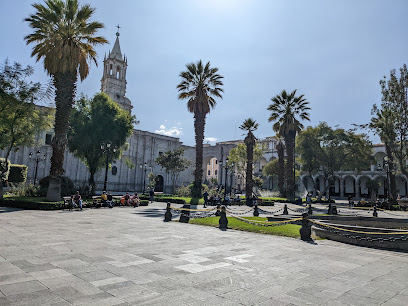
Yanahuara Scenic Overlook
Experience the stunning panoramic views of Arequipa and its majestic volcanoes at Yanahuara Scenic Overlook, a top tourist attraction in Peru.
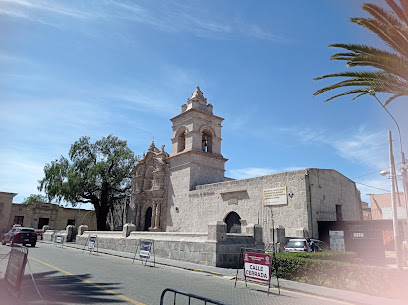
Plaza Las Américas
Explore the lush landscapes and vibrant culture of Plaza Las Américas, a must-visit park in Cerro Colorado for tourists seeking relaxation and local experiences.
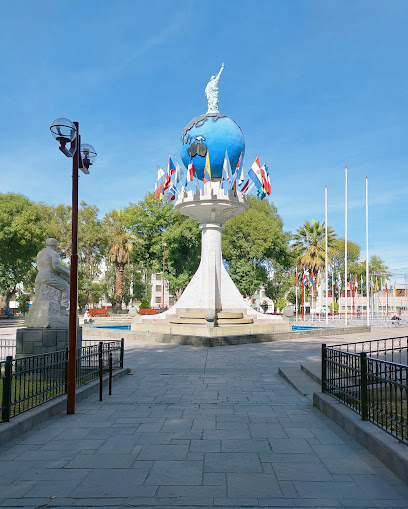
Carmen Alto viewpoint
Experience the breathtaking beauty of the Andes from Carmen Alto Viewpoint, a must-visit observation deck in Cayma, Peru, offering stunning panoramic vistas.

Arequipa Peru Temple
Explore the serene beauty and architectural splendor of Arequipa Peru Temple, a spiritual haven in the heart of Arequipa, Peru.

Casona Tristan del Pozo
Explore Casona Tristan del Pozo, a captivating colonial mansion in Arequipa, rich in history, art, and vibrant Peruvian culture.
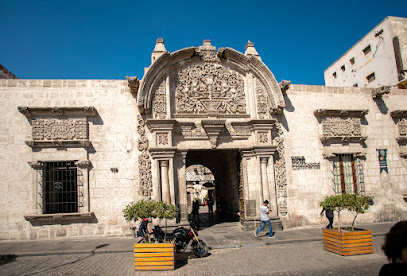
La Explanada
Explore La Explanada, a serene park in Cayma, Arequipa, perfect for relaxation, picnics, and cultural experiences amidst stunning landscapes.

Paseo
Discover Paseo: Cayma's enchanting playground for families, filled with fun and adventure amidst beautiful greenery.

carmen alto, cayma arequipa
Discover the breathtaking views and rich culture of Carmen Alto in Cayma, Arequipa – a hidden gem for nature lovers and cultural enthusiasts.
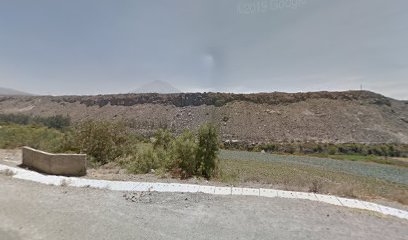
Arequipa, look at the roofs of Yanahuara
Explore the enchanting rooftops of Yanahuara, Arequipa, a district rich in culture, stunning views, and charming architecture.
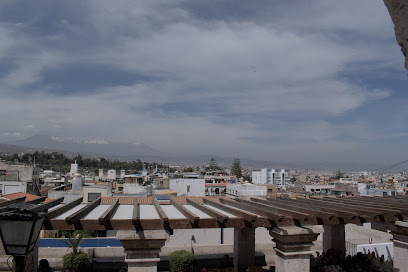
Unmissable attractions to see
Plaza de Armas Arequipa
Explore the vibrant Plaza de Armas in Arequipa, a historical landmark filled with stunning architecture and lively cultural experiences.
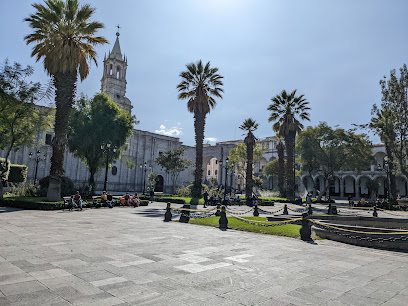
Yanahuara Scenic Overlook
Discover the stunning Yanahuara Scenic Overlook, offering panoramic views of Arequipa and its iconic volcanoes, a must-see for every traveler.
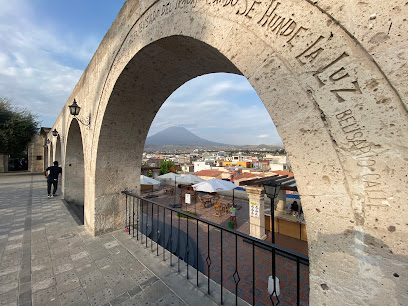
Plaza Las Américas
Explore the vibrant Plaza Las Américas, a cultural park in Cerro Colorado, offering recreation, local cuisine, and beautiful landscapes for every traveler.
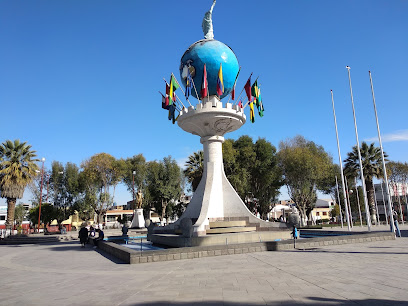
Airplane Park
Explore Airplane Park in Arequipa: A unique blend of aviation history and serene nature, perfect for families and travelers seeking tranquility.
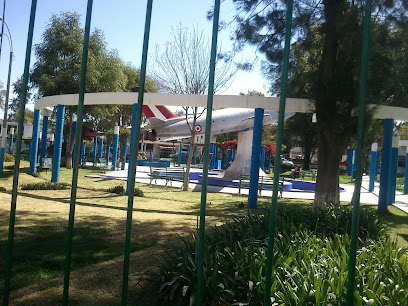
Cloisters of The Company
Explore the enchanting Cloisters of The Company in Arequipa, a historical gem showcasing stunning colonial architecture and rich cultural heritage.
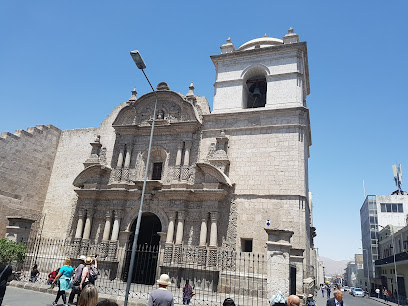
Basilica Cathedral of Arequipa
Explore the architectural beauty and spiritual significance of the Basilica Cathedral of Arequipa, a must-see cultural landmark in Peru.
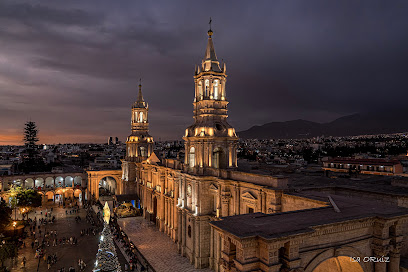
Casona Tristan del Pozo
Explore Casona Tristan del Pozo, a historical treasure in Arequipa, showcasing stunning architecture and rich cultural heritage in a serene setting.
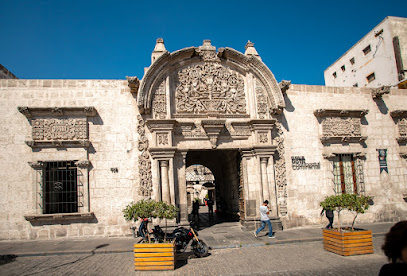
carmen alto, cayma arequipa
Explore Carmen Alto in Cayma, Arequipa, for stunning views, rich culture, and a perfect blend of nature and tradition.
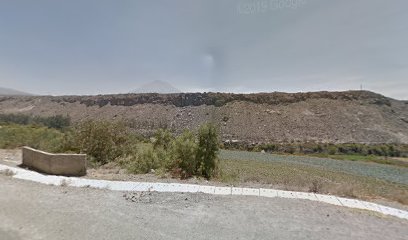
Essential places to dine
La Nueva Palomino
Experience authentic Peruvian cuisine at La Nueva Palomino in Yanahuara – where every dish tells a story.
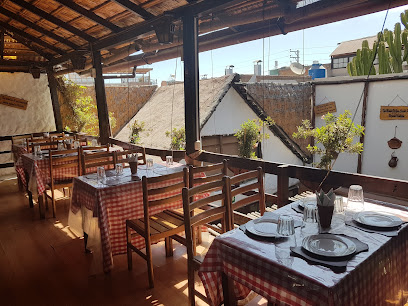
El Tablón Cayma
Discover El Tablón Cayma - where delicious pizzas meet authentic Peruvian cuisine in a cozy setting perfect for any occasion.
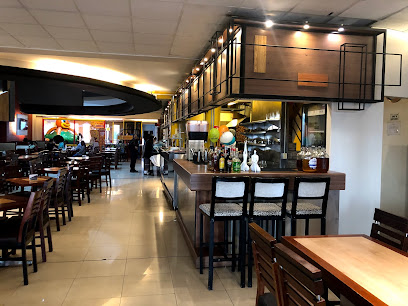
Picantería La Capitana
Experience authentic Peruvian cuisine at Picantería La Capitana in Cayma - where tradition meets flavor in every dish.

Fridays Arequipa
Experience vibrant dining at Fridays Arequipa - where local flavors meet lively ambiance in the heart of Cayma.

El Mirador De Chilina
Experience exquisite Peruvian cuisine at El Mirador De Chilina while enjoying breathtaking views of the Andes Mountains.
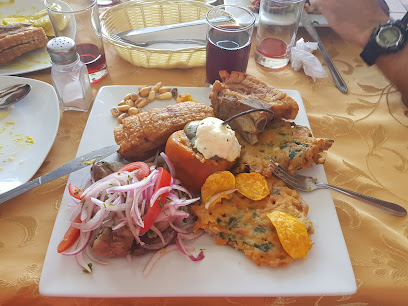
Sol de Mayo
Discover Sol de Mayo in Yanahuara – where authentic Peruvian cuisine meets modern culinary artistry.
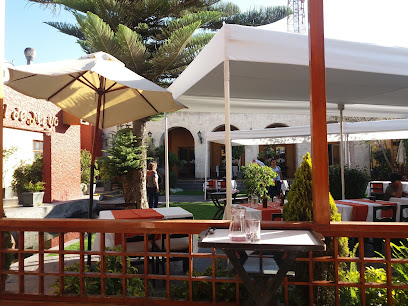
Alfa Meat Culture
Discover the exquisite flavors of expertly grilled meats at Alfa Meat Culture in Cayma - a true haven for meat enthusiasts.
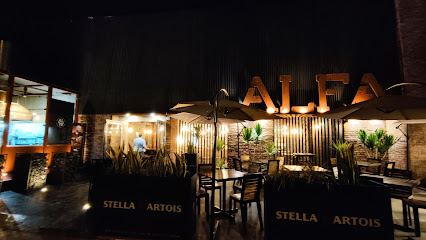
Lounge del Brujo
Experience innovative vegan cuisine at Lounge del Brujo in Cayma – where flavor meets creativity in a cozy atmosphere.
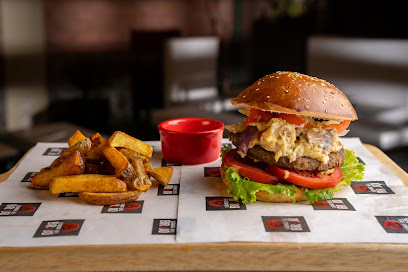
El Boquerón
Discover El Boquerón in Cayma for an authentic taste of Peru with delicious dishes and warm hospitality.
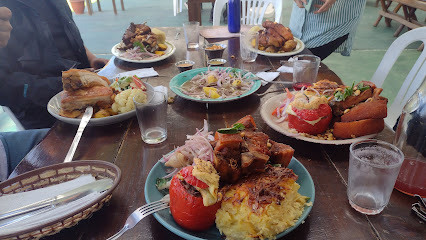
La Colonial
Experience authentic Peruvian cuisine at La Colonial in Cayma—where tradition meets flavor in every dish.
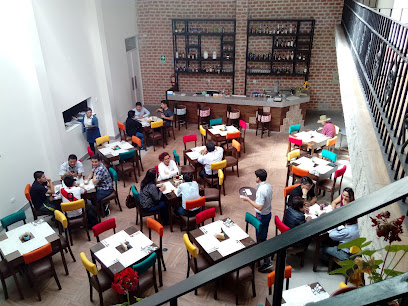
Malak
Discover the culinary delights of Peru at Malak Restobar in Cayma - where tradition meets taste in every dish.
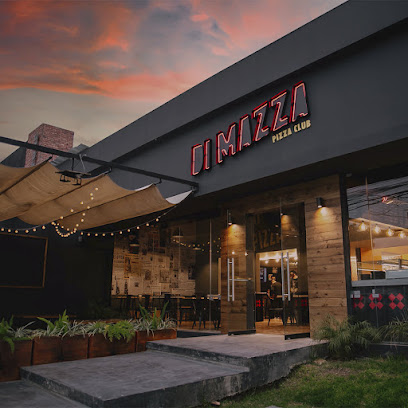
Nativa Restaurante
Discover Nativa Restaurante in Cayma: where local flavors meet exquisite cocktails in an inviting atmosphere.
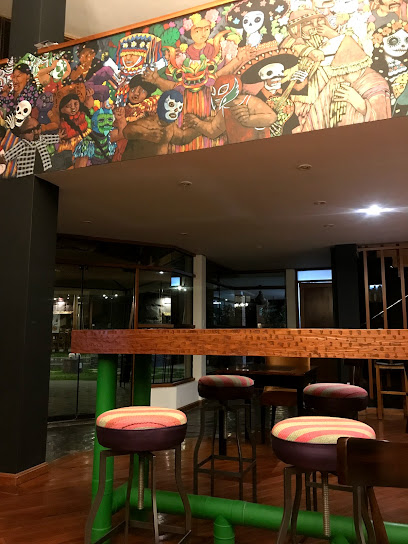
La Italiana - Cayma
Discover authentic Italian flavors at La Italiana in Cayma – where every meal feels like a trip to Italy.
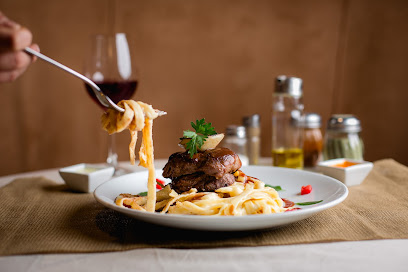
RESTAURANT EL MESON DEL LABRIEGO
Experience authentic Peruvian flavors at Restaurant El Meson Del Labriego in Cayma, where every dish tells a story of tradition and taste.

Markets, malls and hidden boutiques
Mall Plaza Arequipa
Experience the best of shopping, dining, and entertainment at Mall Plaza Arequipa, where vibrant culture meets modern convenience.
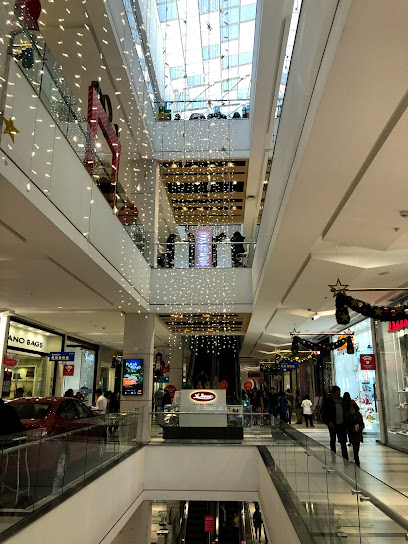
Parque Lambramani
Discover a vibrant shopping experience at Parque Lambramani, Arequipa's top destination for retail, dining, and entertainment.
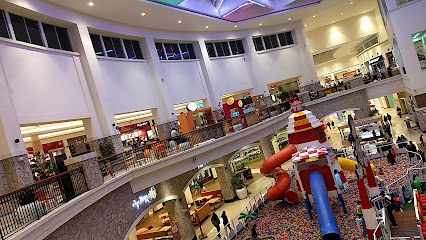
Saga Falabella
Discover a vibrant shopping experience at Saga Falabella in Cayma, where international brands meet local flair in a stunning department store.
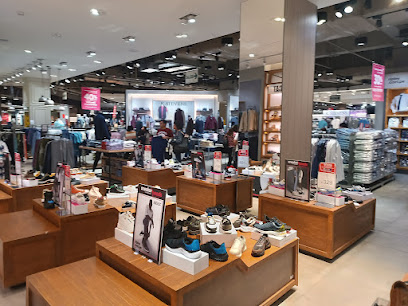
Mundo Alpaca
Discover the beauty of Peruvian craftsmanship at Mundo Alpaca, a boutique showcasing exquisite alpaca textiles and rich cultural heritage in Arequipa.
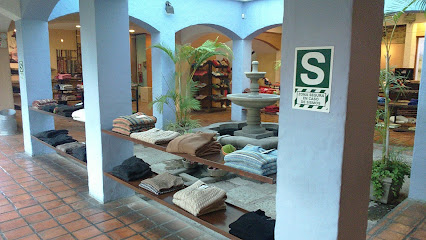
Centro Comercial Cayma
Discover the vibrant Centro Comercial Cayma, a shopping haven in Cayma with diverse stores, delightful dining, and family-friendly entertainment.
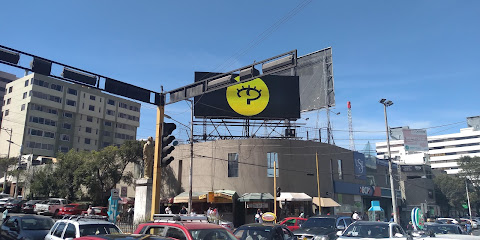
H&M
Explore H&M in Cayma for stylish and affordable clothing for the whole family, from trendy outfits to eco-friendly fashion choices.

Galería Colonial
Explore the artistic heart of Arequipa at Galería Colonial, where local craftsmanship meets rich Peruvian culture.
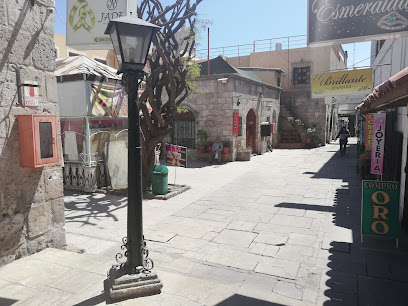
SUNKUFARMA SAC CAYMA
Explore SUNKUFARMA SAC CAYMA for a unique blend of health essentials and exquisite perfumes in the heart of Cayma.

Columbia Sportswear - Cayma
Discover high-quality outdoor clothing and gear at Columbia Sportswear in Cayma, perfect for your adventure in Arequipa.
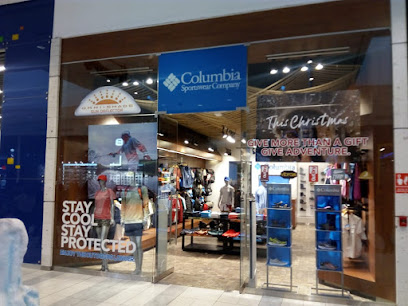
Miniso Real Plaza Arequipa - Cayma
Explore Miniso Real Plaza Arequipa for trendy home goods and unique gifts that enhance your travel experience and make perfect souvenirs.

Essential bars & hidden hideouts
B52 Restobar
Experience the vibrant flavors of Peru at B52 Restobar, a top gastropub in Arequipa offering a unique blend of local and international cuisines.
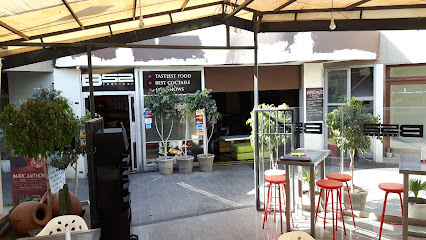
República
Experience the best of Peruvian cuisine with a modern twist at República Gastropub in Cayma, where every meal is a celebration of flavors.
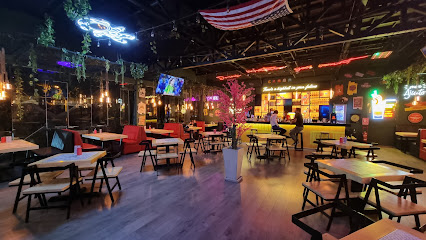
Arena Sports Bar
Experience the perfect blend of sports and culinary delights at Arena Sports Bar in Cayma, an exciting gastropub for every visitor.
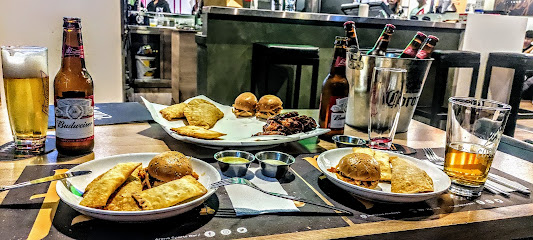
Mahalotikibaraqp
Experience the vibrant flavors of Peru at Mahalotikibaraqp, where tradition meets innovation in a cozy gastropub setting.
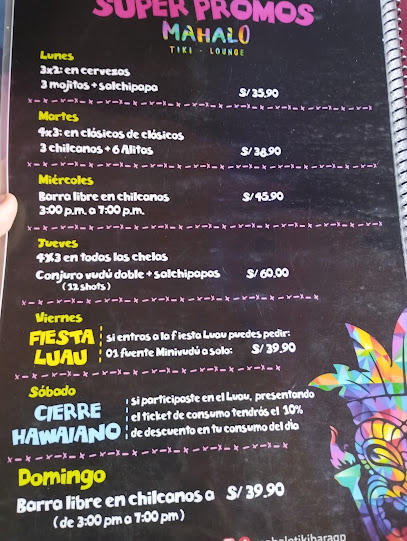
Maia Restobar
Discover the vibrant nightlife at Maia Restobar in Cayma, where delightful drinks and a lively atmosphere await every visitor.
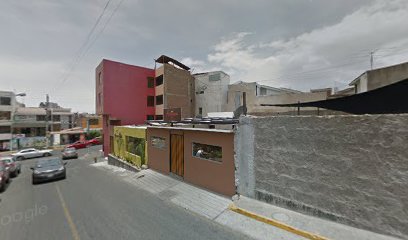
Solara Restobar
Discover culinary delights at Solara Restobar in Cayma, where traditional Peruvian flavors meet a stunning atmosphere and breathtaking views.
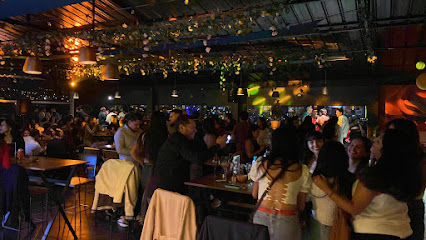
Ojo Negro Cervecería - El Gallo
Discover the flavors of Peru at Ojo Negro Cervecería - El Gallo, where artisanal brews meet local cuisine in a cozy, inviting atmosphere.

EL PERUCHO RESTOBAR
Discover the flavors and vibrant atmosphere of El Perucho Restobar in Cayma, the perfect spot for relaxation and local cuisine.
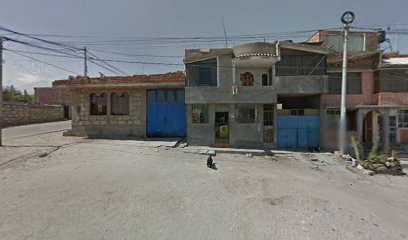
Licoreria
Discover Licoreria, a lively bar in Cayma offering a diverse selection of drinks and a vibrant atmosphere for an unforgettable nightlife experience.
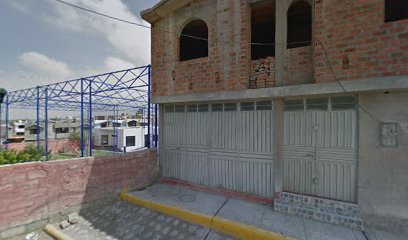
Mystic
Discover Mystic, a top gastropub in Cayma blending local flavors with innovative dishes for an unforgettable dining experience.
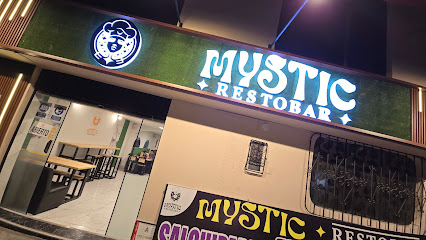
Local Phrases
-
- HelloHola
[oh-lah] - GoodbyeAdiós
[ah-dee-ohs] - YesSí
[see] - NoNo
[noh] - Please/You're welcomePor favor/De nada
[pohr fah-vohr/deh nah-dah] - Thank youGracias
[grah-see-ahs] - Excuse me/SorryPerdón/Lo siento
[pehr-dohn/loh see-ehn-toh] - How are you?¿Cómo estás?
[koh-moh ehs-tahs] - Fine. And you?Bien. ¿Y tú?
[byehn. ee too] - Do you speak English?¿Hablas inglés?
[ah-blahs een-glehs] - I don't understandNo entiendo
[noh ehn-tyehn-doh]
- HelloHola
-
- I'd like to see the menu, pleaseMe gustaría ver el menú, por favor
[meh goos-tah-ree-ah behr ehl meh-noo, pohr fah-vohr] - I don't eat meatNo como carne
[noh koh-moh kahr-neh] - Cheers!¡Salud!
[sah-lood] - I would like to pay, pleaseMe gustaría pagar, por favor
[meh goos-tah-ree-ah pah-gahr, pohr fah-vohr]
- I'd like to see the menu, pleaseMe gustaría ver el menú, por favor
-
- Help!¡Ayuda!
[ah-yoo-dah] - Go away!¡Vete!
[veh-teh] - Call the Police!¡Llama a la policía!
[yah-mah ah lah poh-lee-see-ah] - Call a doctor!¡Llama a un doctor!
[yah-mah ah oon dohk-tohr] - I'm lostEstoy perdido
[ehs-toy pehr-dee-doh] - I'm illEstoy enfermo
[ehs-toy ehn-fehr-moh]
- Help!¡Ayuda!
-
- I'd like to buy...Me gustaría comprar...
[meh goos-tah-ree-ah kohm-prahr...] - I'm just lookingSolo estoy mirando
[soh-loh ehs-toy mee-rahn-doh] - How much is it?¿Cuánto cuesta?
[kwan-toh kwehs-tah] - That's too expensiveEso es muy caro
[eh-soh ehs moo-ee kah-roh] - Can you lower the price?¿Puede bajar el precio?
[pweh-deh bah-hahr ehl pree-syoh]
- I'd like to buy...Me gustaría comprar...
-
- What time is it?¿Qué hora es?
[keh oh-rah ehs] - It's one o'clockEs la una
[ehs lah oo-nah] - Half past (10)Media (10)
[meh-dee-ah (deez) vehn-tee] - MorningMañana
[mah-nyah-nah] - AfternoonTarde
[tahr-deh] - EveningNoche
[noh-cheh] - YesterdayAyer
[ah-yehr] - TodayHoy
[oy] - TomorrowMañana
[mah-nyah-nah] - 1uno
[oo-noh] - 2dos
[dohs] - 3tres
[trehs] - 4cuatro
[kwah-troh] - 5cinco
[seen-koh] - 6seis
[sehs] - 7siete
[syeh-teh] - 8ocho
[oh-choh] - 9nueve
[nweh-veh] - 10diez
[dyehs]
- What time is it?¿Qué hora es?
-
- Where's a/the...?¿Dónde está...?
[dohn-deh ehs-tah] - What's the address?¿Cuál es la dirección?
[kwahl ehs lah dee-rehk-syohn] - Can you show me (on the map)?¿Puedes mostrarme (en el mapa)?
[pweh-dehs mohs-trar-meh (ehn ehl mah-pah)] - When's the next (bus)?¿Cuándo es el próximo (autobús)?
[kwan-doh ehs ehl prohk-see-moh (ow-toh-boos)] - A ticket (to ....)Un boleto (a ...)
[oon boh-leh-toh (ah ...)]
- Where's a/the...?¿Dónde está...?
History of Cayma
-
Cayma's history dates back to pre-Columbian times when it was inhabited by indigenous groups, including the Collaguas and the Cabana. These communities utilized the fertile lands along the Chili River for agriculture, cultivating crops such as potatoes, corn, and quinoa. The area served as an essential agricultural hub, contributing to the sustenance of nearby populations, including the growing city of Arequipa.
-
With the Spanish conquest in the 16th century, Cayma began to transform under colonial rule. The Spaniards established estates and colonial buildings, contributing to the area's architectural heritage. The construction of the Church of Cayma in the 18th century exemplifies the fusion of indigenous and Spanish influences, featuring baroque styles alongside local artistic expressions.
-
Cayma is known for its rich cultural traditions, particularly in the celebration of religious festivals. The Feast of the Virgin of Cayma, celebrated in September, draws both locals and visitors who partake in vibrant processions, music, and traditional dances. This event highlights the area's strong spiritual and communal identity, deeply rooted in both indigenous and colonial histories.
-
In the late 20th and early 21st centuries, Cayma has experienced significant urban development, transitioning from a predominantly agricultural area to a suburban neighborhood of Arequipa. This growth has brought about modern amenities, housing developments, and an influx of residents seeking a quieter lifestyle while remaining connected to the vibrant city. Despite this modernization, Cayma retains its cultural essence, with historical sites and local markets still reflecting its rich past.
-
Cayma is home to several historical buildings that showcase its architectural heritage, including the colonial-era mansions and the iconic Church of Cayma. Efforts have been made to preserve these structures, recognizing their significance in narrating the history of Arequipa and the region. The area's architecture reflects the broader Baroque influence seen throughout Arequipa, earning it the designation of a UNESCO World Heritage Site.
Cayma Essentials
-
Cayma is easily accessible from other neighborhoods in Arequipa. You can take a taxi or a mototaxi from the city center, which typically takes about 15-25 minutes depending on traffic. Public buses also connect Cayma to the main areas of Arequipa, with routes frequently running throughout the day. The main bus terminal for local routes is located near the Plaza de Armas, making it convenient for travelers.
-
Cayma is relatively small and can be explored on foot, allowing visitors to appreciate its local charm. Local buses and taxis are readily available for longer distances or if you prefer not to walk. Bicycles can be rented from various shops, and there are dedicated bike lanes in some parts of the neighborhood. It's advisable to agree on taxi fares beforehand or ensure the meter is used.
-
Cayma is generally safe for tourists; however, it is advisable to exercise caution, especially after dark. Areas near the outskirts may have higher crime rates, so it's best to avoid them at night. Always keep your belongings secure and be mindful of pickpockets in crowded areas. Trust your instincts and seek help if you feel uncomfortable.
-
In case of an emergency, dial 105 for police assistance or 116 for fire services in Peru. Medical emergencies can be directed to the nearest hospital, which you can find through locals or your accommodation. Always carry a copy of your passport and any important contact numbers. It's advisable to have travel insurance that covers emergencies.
-
Fashion: Do dress modestly, particularly when visiting churches. Avoid overly revealing clothing. Religion: Do respect local customs; remove your hat when entering places of worship. Public Transport: Do offer your seat to elderly passengers. Don’t eat or drink on public transport. Greetings: Do greet with a handshake; a warm smile goes a long way. Eating & Drinking: Do try local specialties and accept food offers. Don’t waste food or decline hospitality, as it may be seen as offensive.
-
To experience Cayma like a local, visit the small markets where fresh produce and artisanal goods are sold. Join in local festivals and events to immerse yourself in the culture. Engage with locals; they are often hospitable and willing to share stories about their neighborhood. Explore the surrounding natural beauty, including nearby hiking trails and lookout points for stunning views of the Misti Volcano.
Nearby Cities to Cayma
-
Things To Do in Puno
-
Things To Do in Tacna
-
Things To Do in Copacabana
-
Things To Do in Arica
-
Things To Do in Cusco
-
Things To Do in La Paz
-
Things To Do in Machu Picchu
-
Things To Do in Ayacucho
-
Things To Do in Iquique
-
Things To Do in Ica
-
Things To Do in Cochabamba
-
Things To Do in Huancayo
-
Things To Do in Uyuni
-
Things To Do in Potosi
-
Things To Do in Sucre






